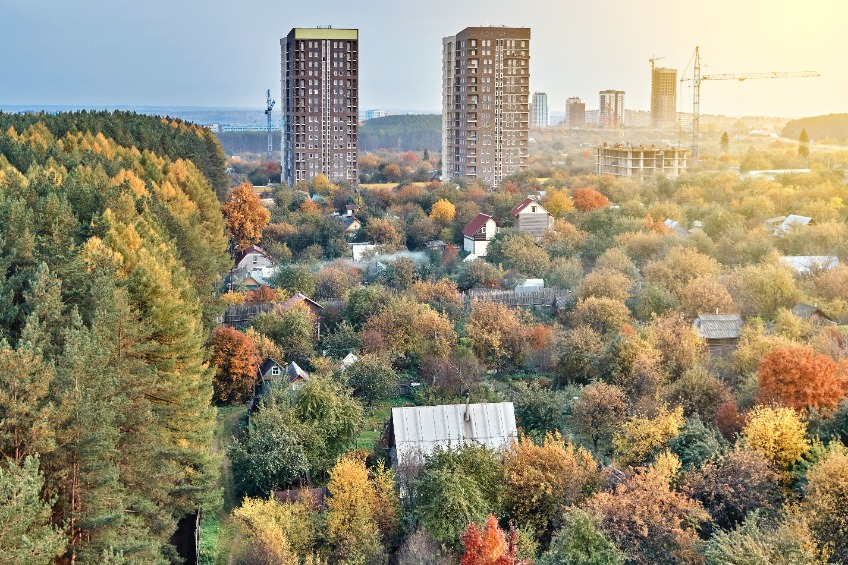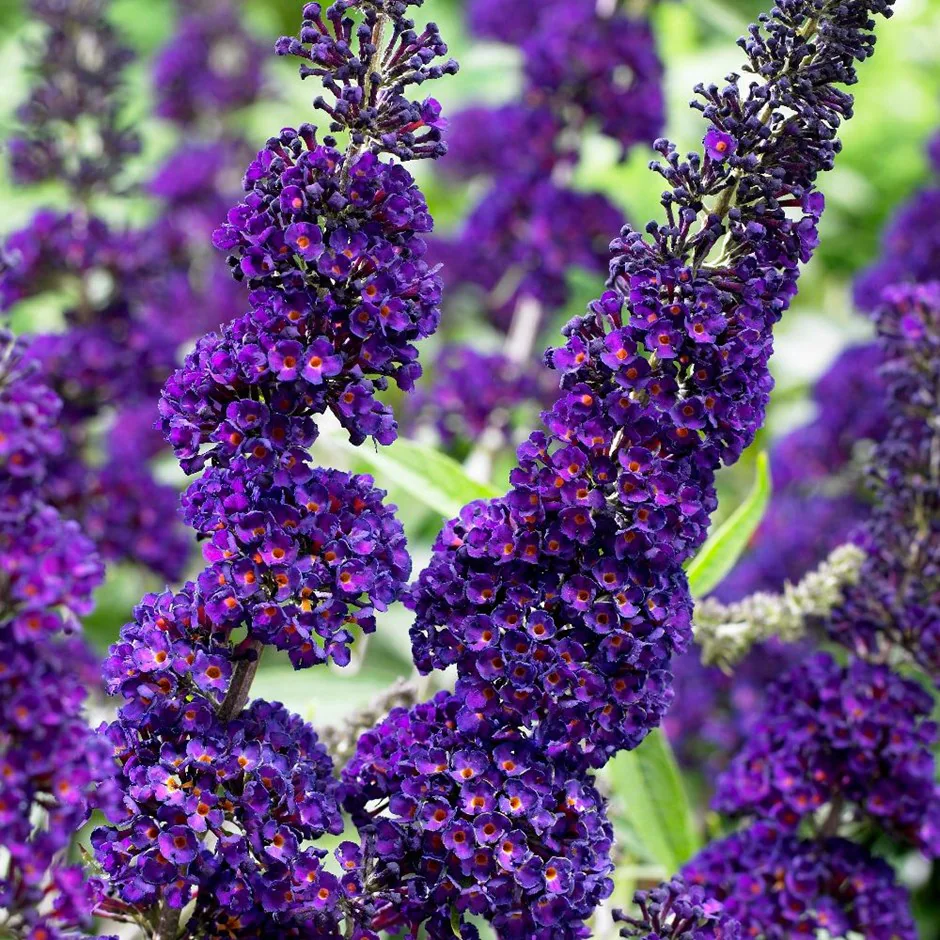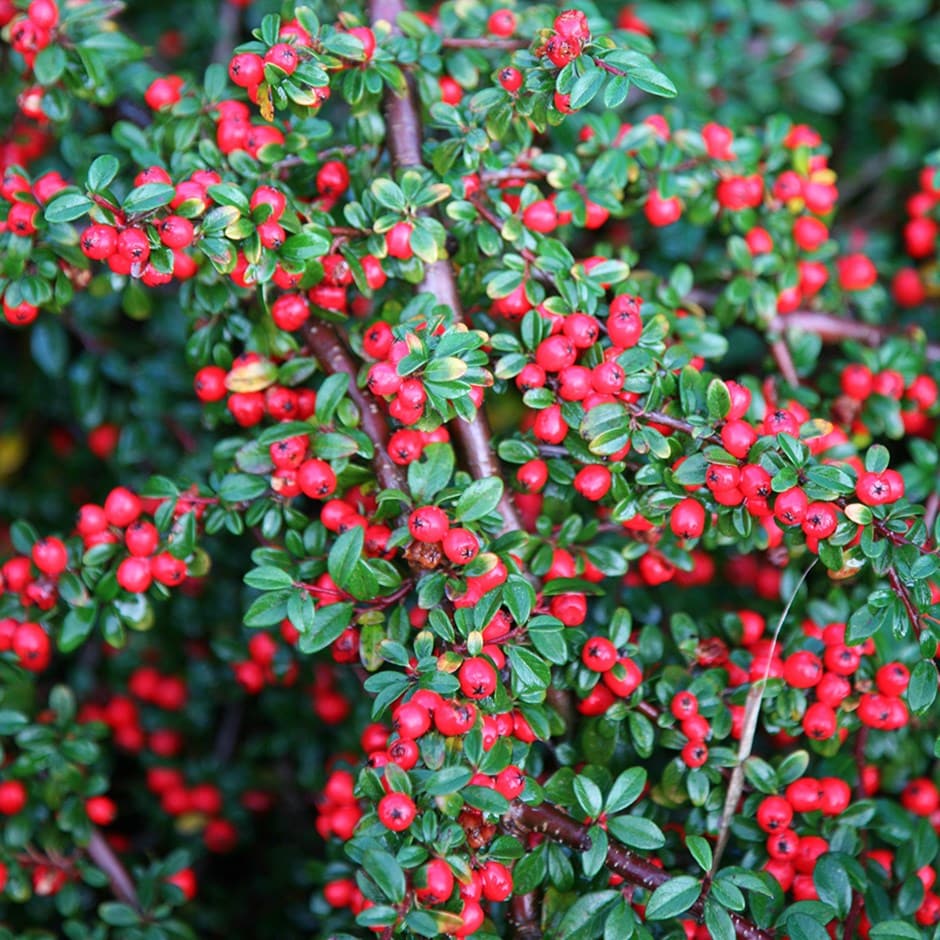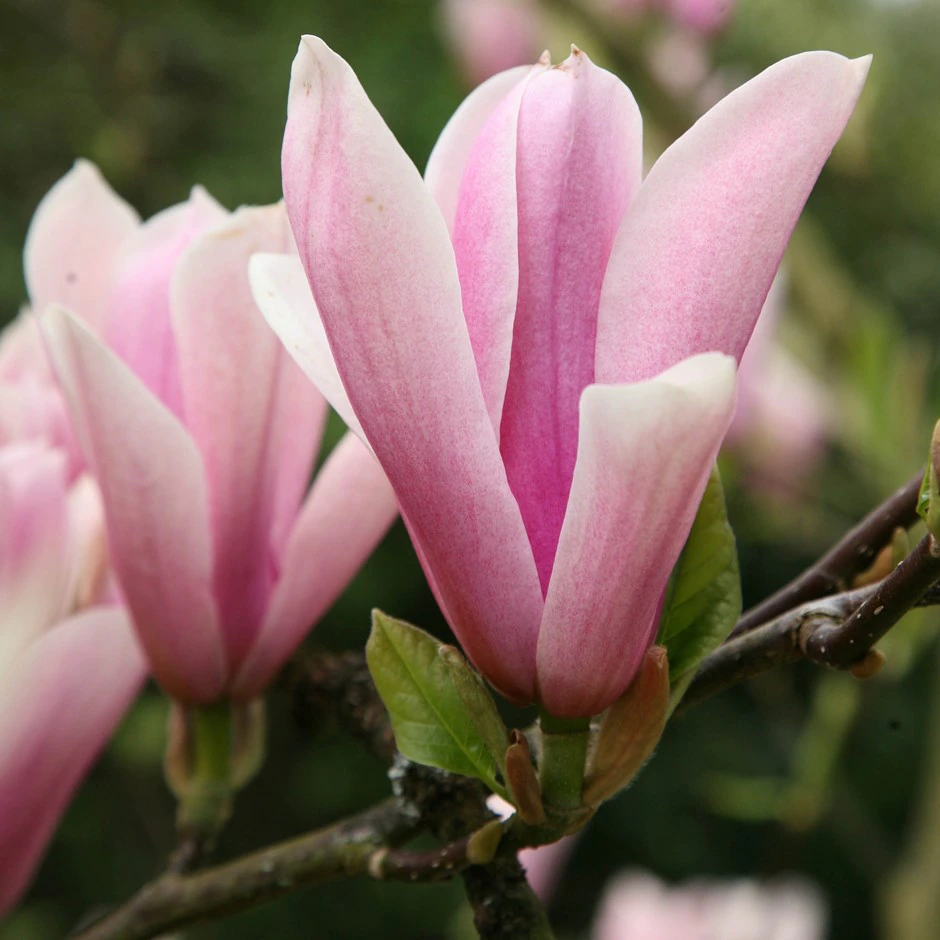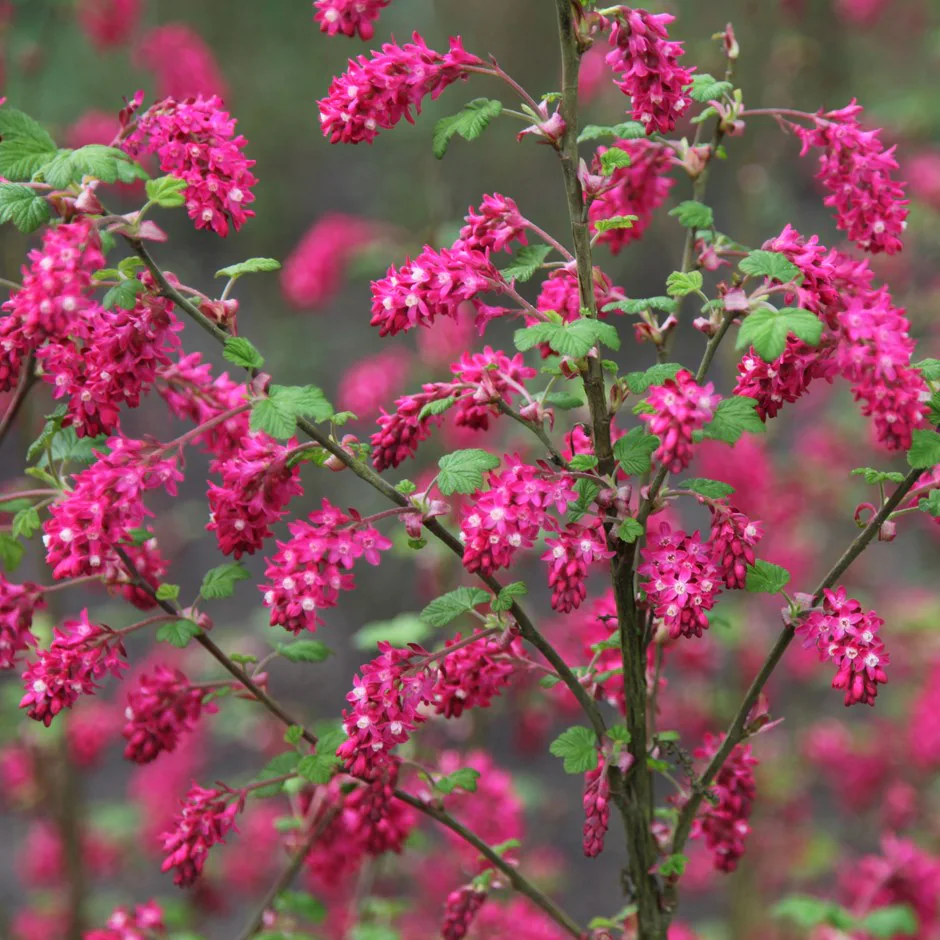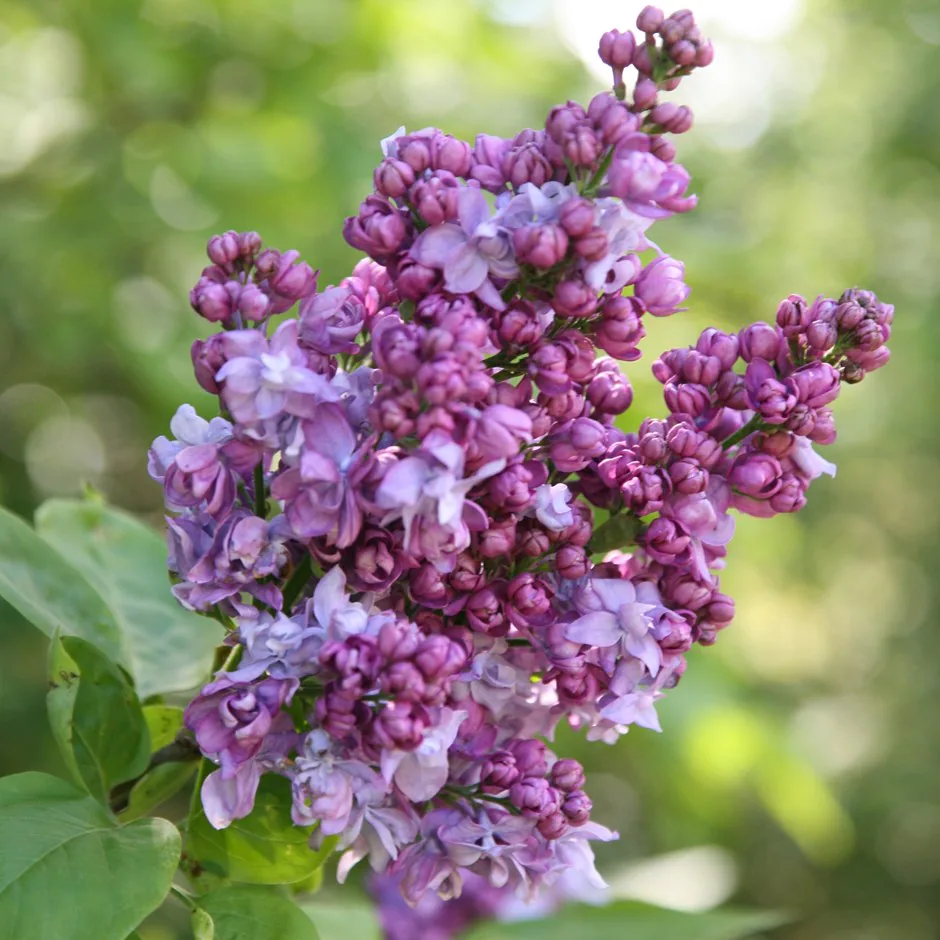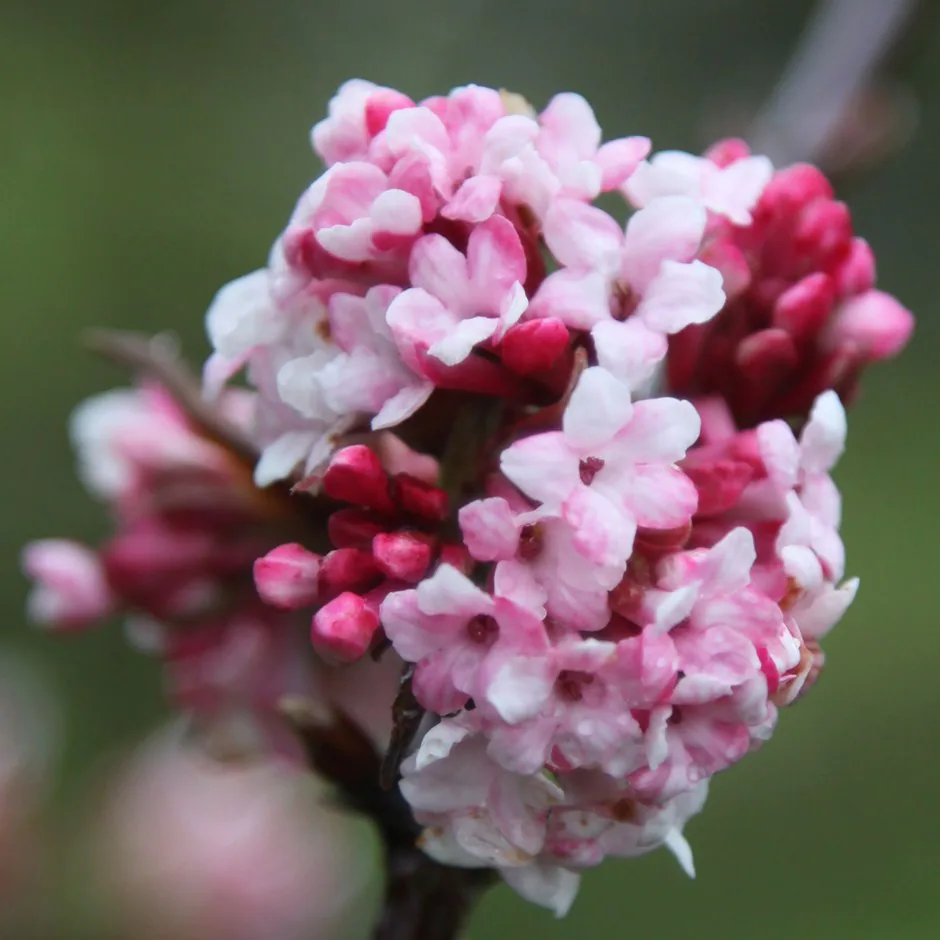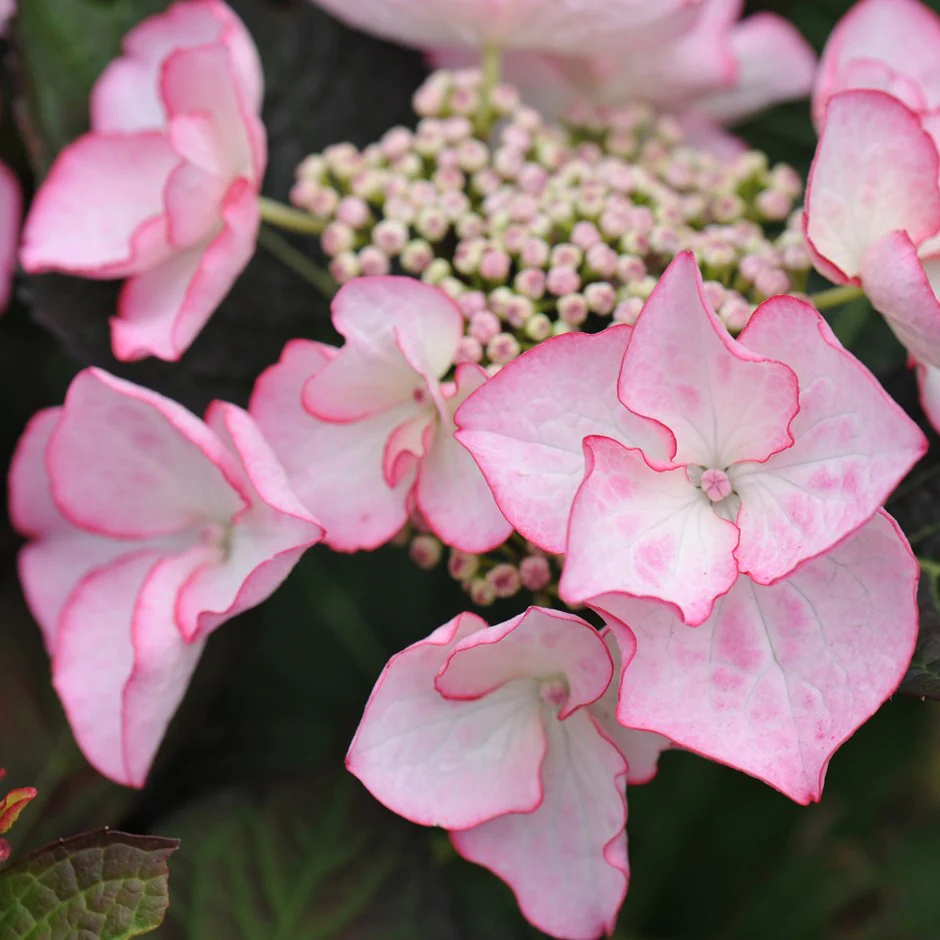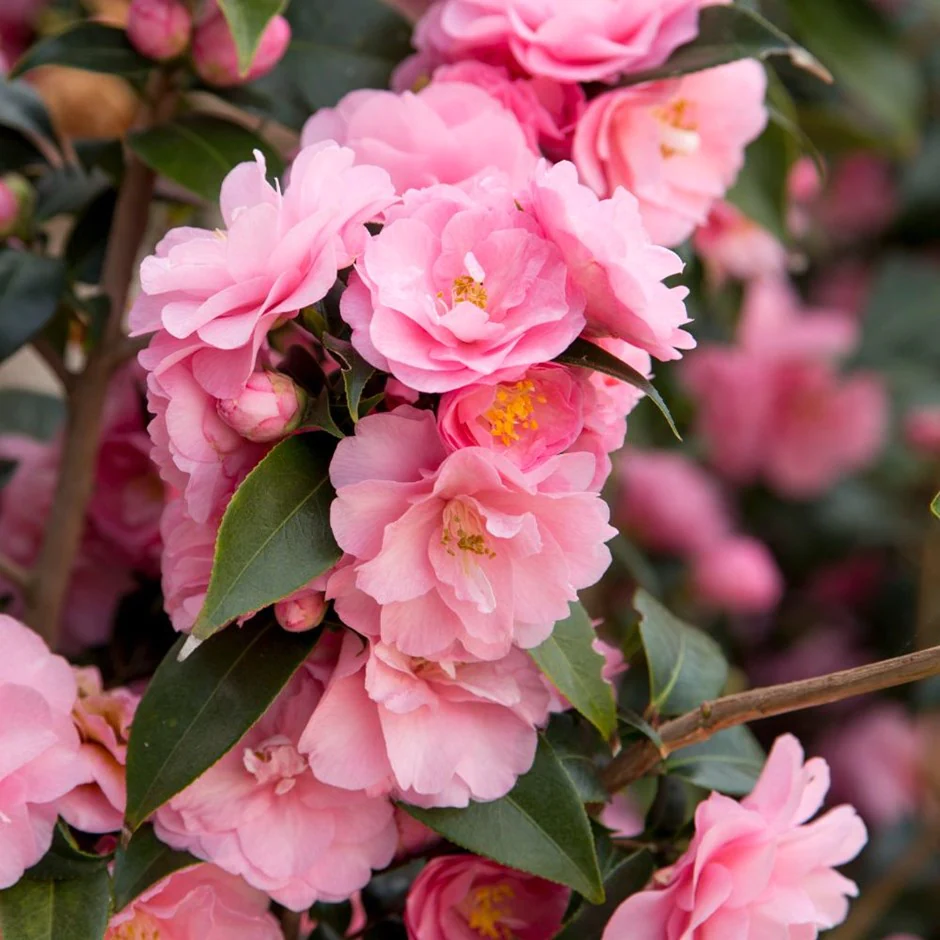Not all of us live in idyllic and picturesque rural surroundings. Many people live in urban or industrial areas or next to a main road, and will have to tailor the plants in their garden according to their surroundings. This means choosing plants that are tough and will stand up to the pollution associated with these conditons. Below I have chosen some of my favourite garden plants that are tolerant of pollution.
Buddleja davidii ‘Black Knight’
Much maligned for its habit of colonising railway sidings, buddleja can be a fabulous addition to a sunny border, with dramatic, fragrant flowers that are attractive to butterflies and other beneficial insects. Pruned hard in spring, ‘Black Knight’ produces dense spikes of tiny, fragrant, dark purple flowers. In autumn the pointed grey-green leaves turn butter-yellow. Deadheading the buddleja will encourage it to produce more flowers and stop any unwanted seedlings.
Cotoneaster horizontalis
The glossy dark green leaves of this small, spreading, deciduous shrub are studded with tiny, pinkish-white flowers in May, followed by bright red autumn berries. The leaves turn orange-red before they fall. The branches form a pretty herringbone pattern, which means the plant looks stunning grown flat against a wall. It is also an excellent groundcover plant for a sunny border.
Magnolia ‘Heaven Scent’
A mid- to late spring flowering, deciduous magnolia with an upright habit when young, later spreading. The goblet-shaped, fragrant blooms are flushed with pale pink on the outside, and appear from mid spring to early summer, avoiding most frosts. This magnolia is compact and therefore one of the best available for the small garden.
Ribes sanguineum ‘Pulborough Scarlet’
A deciduous, spring-flowering, ornamental shrub with pendent clusters of dark red, tubular flowers which smother the bush in April. This popular form of flowering currant is compact and upright in habit, making it ideal for where border space is limited or for growing as an informal, flowering hedge. To prevent the plant from becoming congested in late summer remove any dead or diseased branches and reduce the flowered shoots to a strong, lower bud.
Syringa vulgaris ‘Charles Joly’
Dense clusters of fragrant, double, dark purple-red flowers in May and June and heart-shaped, dark green leaves. This dramatic, dark purple lilac makes an excellent backdrop for a sunny mixed or shrub border. The plant copes well with alkaline soils, an important factor when planting ground recently cleared of builders’ rubble.
Viburnum × bodnantense ‘Dawn’
Dense clusters of fragrant, dark pink flowers on bare stems from November to March and toothed, dark green leaves. This upright, deciduous shrub is perfect for perfuming winter walks. To fully appreciate the deliciously scented flowers plant in a moist, well-drained border close to an entrance or path in sun or partial shade.
Sorbus vilmorinii
Very pretty feathery foliage of numerous olive green leaflets cover this elegant tree and turn dark crimson in autumn. Creamy white flowers are followed by pendulous clusters of berries which fade from red to white as the season progresses. The berries last well into the winter, making this the perfect tree for the smaller garden
Hydrangea macrophylla ‘Sheila’ (Dutch Ladies Series)
Initially bred for the cut flower market, this lacecap hydrangea also makes a fine specimen for the shrub border, where it will provide lots of late summer colour. The white-eyed sterile flowers turn blush pink in neutral soils or bluish in acidic soils, and will make excellent additions to dried flower arrangements.
Camellia ‘Spring Festival’
The slightly glaucous foliage of this lovely camellia will look good all through the year, but it is from late winter to mid-spring, when it produces lots of small, double flowers in fine shades of pink, that this evergreen shrub will be most highly prized. A handsome addition to the shrub border, it has upright, pillar-like growth, so won’t dominate its neighbours.
Berberis thunbergii f. atropurpurea ‘Helmond Pillar’
This deciduous berberis is grown for its dark red-purple leaves and for its narrowly upright habit. It has small, red-tinted, pale-yellow flowers in mid-spring and in autumn, the leaves turn a brilliant shade of red. It is low maintenance, and useful for giving vertical interest in a well-drained, sunny or partly shady border.
To view these and many other plants tolerant of air pollution at Crocus click here
Mark Snelling
All images and descriptions copyright Crocus
If you have enjoyed reading our blog post then why not fill in the form provided to allow us to send you our blog posts and newsletters by email. For all major gardening products, visit our shop from the menu above.

